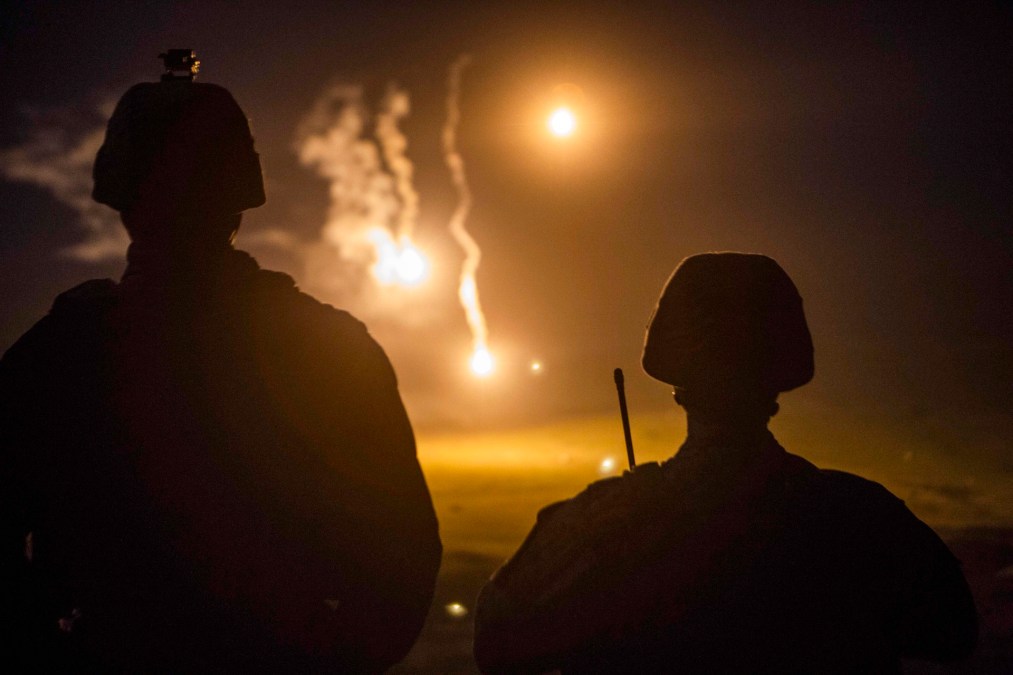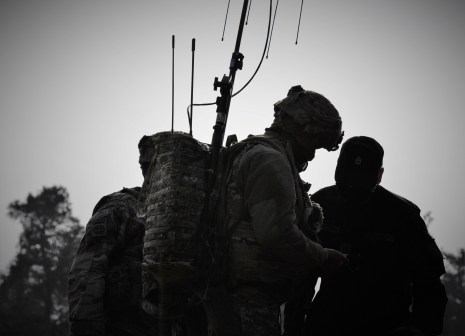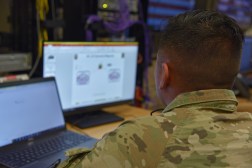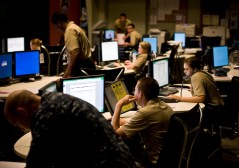The military’s biggest hurdle to modernization? It’s already doing a lot of other things.

Ask the armed forces’ civilian leaders about what’s getting in the way of digital modernization, and the answers will sound similar: The process would be much easier if the military wasn’t already spread thin.
The Army is deployed around the world, the Air Force has been leading an air campaign against the now-defeated Islamic State forces in Iraq and Syria, and the Navy is straddling dual hot-spots of the waters around Iran and in the South China Sea. Upgrading the back-office technology and IT networks can only happen while the old stuff is still in use.
The sectaries of the Navy, Army and Air Force spoke to their broad slate of challenges during a joint appearance Friday at the Center for Strategic and International Studies. Their consensus on digital modernization was that it is critical to the military’s success, but their overall missions can’t stop dead for the required upgrades.
“There is a challenging, breathtaking demand that we face worldwide,” Ryan McCarthy, sectary of the Army, said. The Army is still engaged in a war in Afghanistan and deployments around the world, spreading the largest service thin as it prioritizes readiness and modernization. To meet the challenge with expected flat, or even possibly decreasing, budgets the Army’s so-called “night courts,” will continue “in perpetuity,” McCarthy said.
The first “night court” sessions found more than $700 million to invest in cloud migration.
“There is a huge opportunity with respect to improving our networks,” said acting Sectary of the Navy Thomas Modly. Most of the Navy’s IT and business systems are at least 15 years behind the private sector, the former Navy CIO and consultant said.
For the Air force, modernizing means expanding into a new domain, one that is “ubiquitous and invisible,” said Secretary Barbra Barrett. The new Space Force is being stood up as a force inside the department of the Air Force.
“We are going to modernize by divesting [legacy equipment] and connecting every sensor to every shooter,” Barrett said. Connecting sensors to shooters is related to another buzz-phrase that came up during the event: Joint All Domain Command and Control (JADC2). Beyond the back-of-house IT networks, ensuring that data from across warfighting domains is interoperable across services is a critical new initiative from the secretary of Defense. Making the joint command and control operations requires joint effort, the sectaries said.
“So much of the advancing technology is very much a joint effort,” Barrett said.
There is also the challenge of commiserating the image of fighting forces deployed across the world with private sector partners who might be wary of working with the military. Modly noted there is still “distrust” in big tech. The Air Force sees an opportunity to attract new recites with the allure of the Space Force, a concept that was once a “mockery” but now an attractive call of duty, Barrett said.




